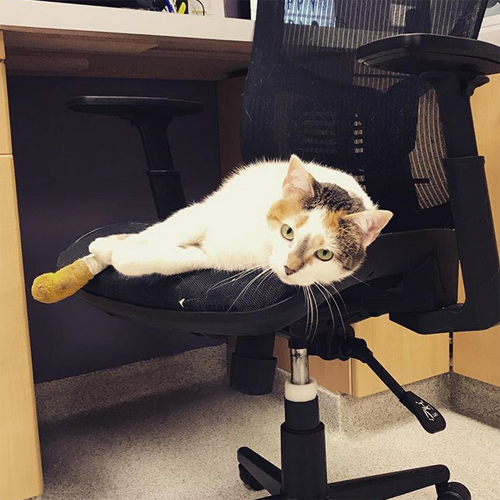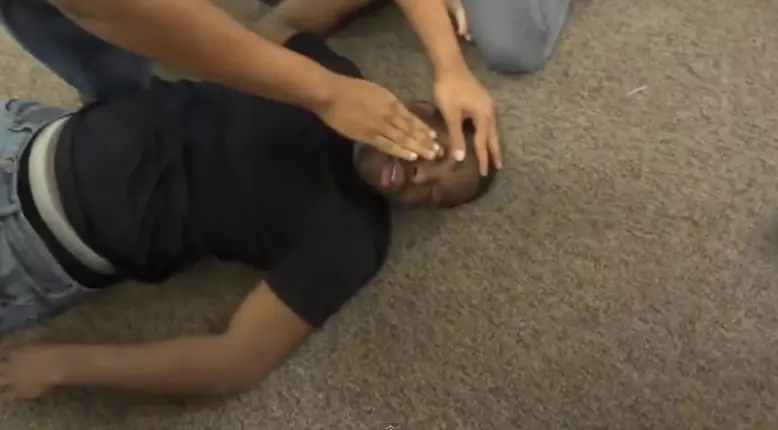

On MSLT of the daughter, the mean sleep latency was 1.9 minutes and sleep-onset REM periods (SOREMPs) occurred four times ( Figure 1). There were no respiratory disturbances, abnormal REM movements or behaviors during sleep. Her sleep latency and REM latency were very short at 1.3 minutes and 9.5 minutes, respectively. On her nocturnal PSG test, her total sleep time was 429 minutes, and her awake time during sleep was 43 minutes. In addition, only the daughter underwent nocturnal polysomnography (PSG). However, he was still sleepy and languid in spite of those medications.īoth the father and the daughter underwent a multiple sleep latency test (MSLT) and HLA-DQB1*0602 allele typing. The psychiatrist prescribed him 37.5 mg of venlafaxine and 0.75 mg of alprazolam for depression. Although he consulted various hospitals, they told him nothing was out of the ordinary, but they recommended that he see a psychiatrist. However, her father did suffer from constant sleepiness and fatigue, and also occasionally sudden muscle weakness of both knees when laughing. There was no history of trauma to the head or any psychiatric illnesses. She experienced realistic and often scary dreams throughout the night when she awoke, she was unable to move. She also complained of seeing ghosts or animals and hearing her name called when she was lying down at night. Her knees would suddenly buckle and her jaws sagged.

It even occurred when she was excited, surprised and embarrassed, and when she reminisced about happy moments. Cataplexy occurred when she laughed, got angry or exchanged jokes. Cataplexy developed as her daytime sleepiness got worse, and after the age of nineteen, it would occur almost every day. She also got into a collision while driving due to a sudden sleep attack. When she worked at a department store as a saleswoman after graduating from high school, she frequently dozed off standing up, and for this she was dismissed. When she was in high school, she couldn't stay wake during her classes or exams. Her daytime sleepiness began when she was around thirteen years old and it had been getting worse. This report introduces a case of typical familial narcolepsy.Ī 22-year-old woman consulted with our department because of her excessive daytime sleepiness and sleep attacks. The patient of our current study, father and daughter all suffered from typical narcolepsy with excessive daytime sleepiness, sleep attacks and cataplexy, but they were not properly diagnosed for many years. 6 The studies on the prevalence of narcolepsy in probands and their relatives have reported that 20% of patients with narcolepsy were familial cases. 2, 3, 4, 5 The risk of narcolepsy with cataplexy is estimated to be 10 to 40 times higher among the first-degree relatives of narcoleptic individuals than that for the general population. A family history of narcolepsy has been reported for 6% to 40% of narcoleptic individuals. The symptoms of narcolepsy have often been mistaken for those of other disorders, for example, the excessive daytime sleepiness has been mistaken for idiopathic hypersomnia or for the fatigue of atypical depression, the cataplexy for epilepsy, and the vivid hypnagogic hallucinations for true hallucinations of a psychotic disorder. 1 However, narcolepsy has only recently come under the focus of medical research. Tel : +82-3, Fax : +82-3, E-mail : is a serious chronic sleep disorder that's characterized by excessive daytime sleepiness, sleep attacks and rapid eye movement (REM) sleep abnormalities (cataplexy, sleep paralysis and hypnagogic hallucination). Vincent's Hospital, The Catholic University of Korea College of Medicine, 93-6 Ji-dong, Paldal-gu, Suwon, 442-723 Korea

Correspondence : Seung-Chul Hong, MD, PhD, Department of Psychiatry, St.


 0 kommentar(er)
0 kommentar(er)
